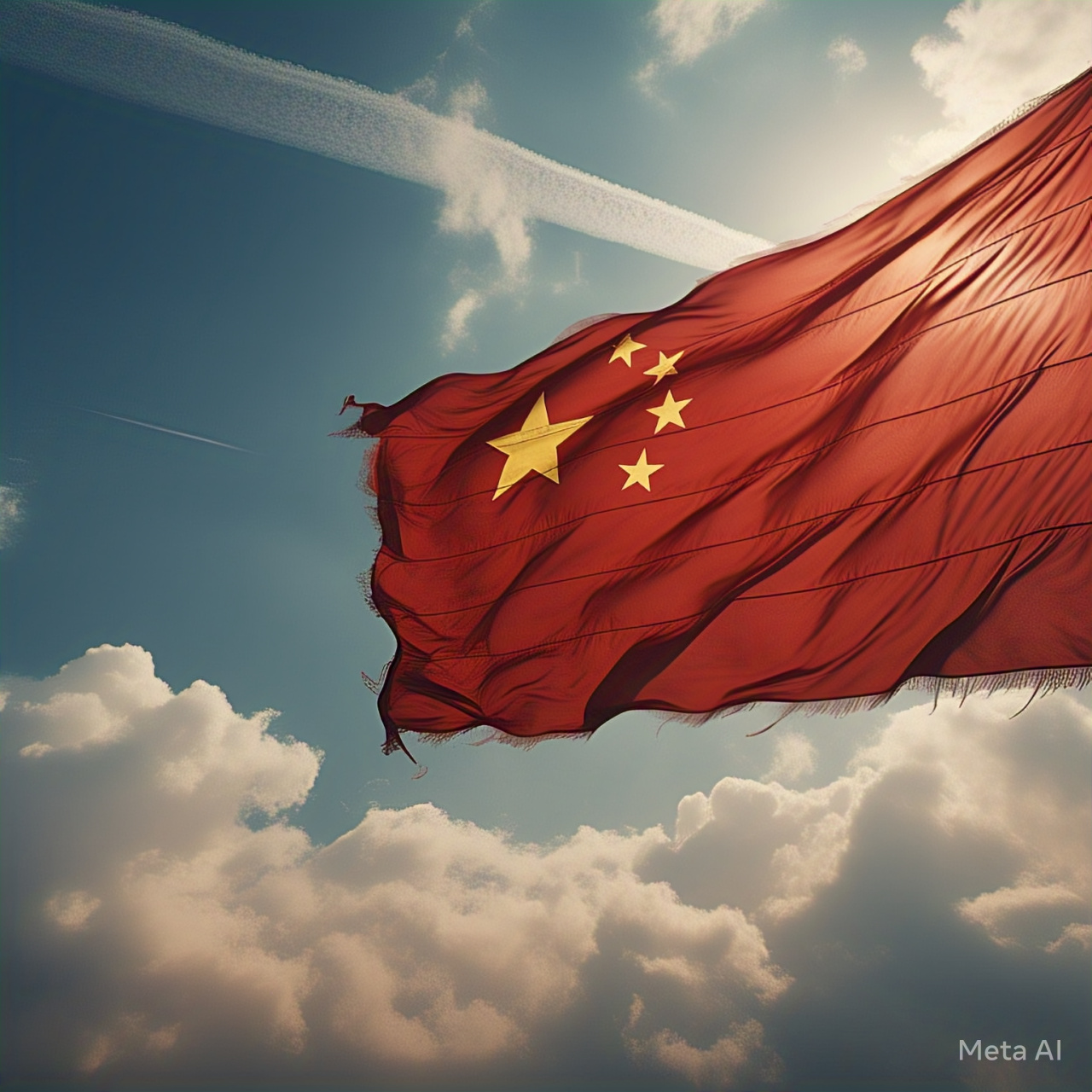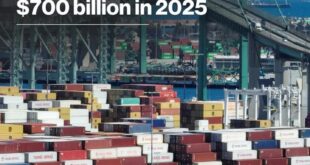The South China Sea functions as one of the most strategically important areas between nations despite its continuous status as an international dispute zone.
The South China Sea embraces 3.5 million square kilometers of land territory where international shipping routes cross through substantial natural reservoirs but exists within an area disputed by multiple neighboring nations.
The strategic South China Sea location guides international diplomatic relationships as well as regional competitions in the Indo-Pacific because of its economic security development impact.
Strategic and Economic ImportanceApproximately 3.5 million square kilometers of sea in the South China Sea serve as a prime maritime trade route for sea commerce since one third of maritime traffic transits through this area annually.
Commercial activities in this area serve as a junction between Pacific and Pacific Oceans to support international transportation between Asia and the Middle East with extension to Europe and worldwide locations.
The extensive natural gas and oil reserves in the sea have turned this region into an energy-rich area which attracts regional powers within its borders.
This essential fishing area generates 12 percent of worldwide fish harvests to support millions of societal networks working in China and Vietnam heterosexual and the Philippines and Indonesia.
The economic opportunities at this strategic position draw worldwide powers together with regional forces to concentrate their efforts in this specific area.
The South China Sea Dispute
A territorial dispute over presence in the South China Sea arises between China as well as Vietnam and the Philippines, Malaysia, Brunei and Taiwan. China insists on control of virtually all South China Sea territory through its Nine-Dash Line map but international laws especially a Hague court decision in 2016 proved its expansive claims illegal.Even after the ruling China accelerated the development of artificial islands by adding military infrastructure including airstrips and bases alongside naval deployments in contested locations.
The Philippines and Vietnam together with other disputing countries actively engage with U.S. and Japanese and Australian forces to balance China’s sea operations.
Open trade lanes and challenges to Chinese excessive claims are maintained through regular United States naval patrols executed under the FONOPs policy.
The rising tensions between China and the United States caused additional military growth throughout the entire region making the area more unstable.
Cooperation and Diplomatic Efforts
Peace initiatives together with diplomatic initiatives have continued to advance regional cooperation despite ongoing disputes in the area.
ASEAN serves as the primary organization that works to establish a Code of Conduct (CoC) with China to manage potential conflicts in addition to securing stability in the South China Sea.
China opposes legally binding terms which has limited the advancement of solutions in this area.Indonesia and Malaysia along with other regional nations work together for maritime cooperation by combining efforts to explore resources and protect the environment and guarantee mutual economic benefit through security programs.
The South China Sea stands as a vital global hot spot that exists between potential war and diplomatic coordination. Union and international diplomacy work as a foundation for ending tense maritime disputes which lead to joint prosperity.
The Indo-Pacific region needs multi-lateral dialogue together with cooperation as its peaceful future depends on the South China Sea’s role in global trade and energy security as well as its contribution to stability throughout the region.
fizza naz
karachi
 Top Trends Blogs
Top Trends Blogs




